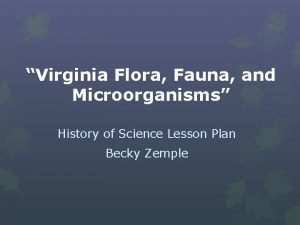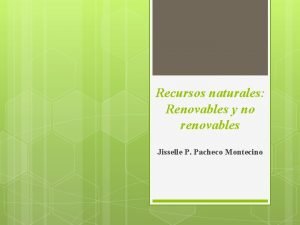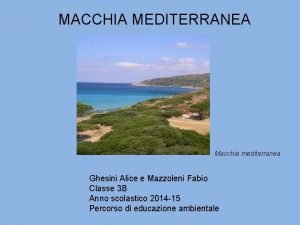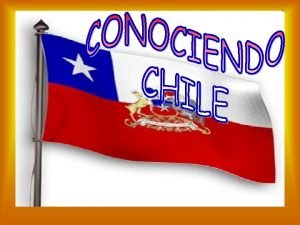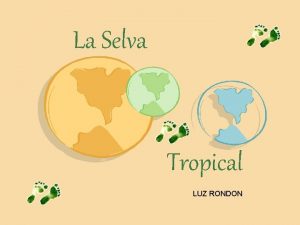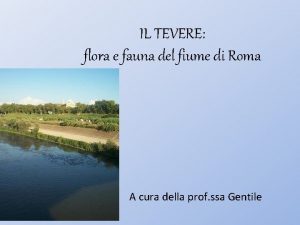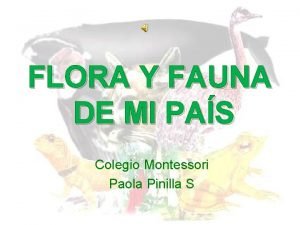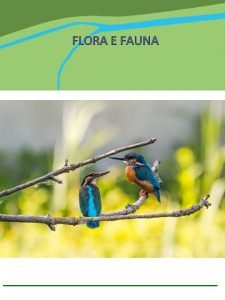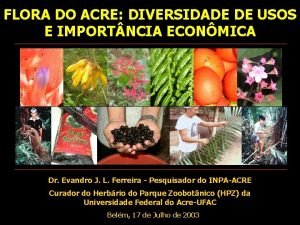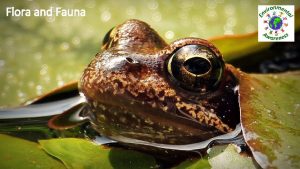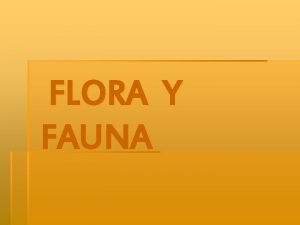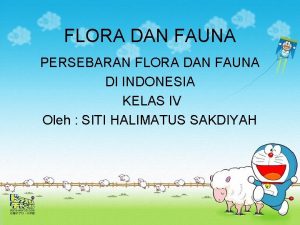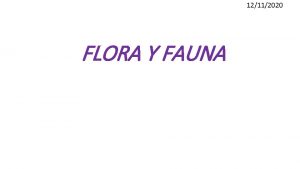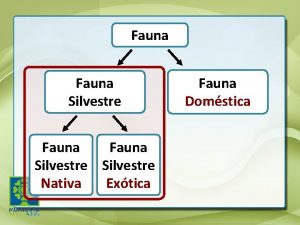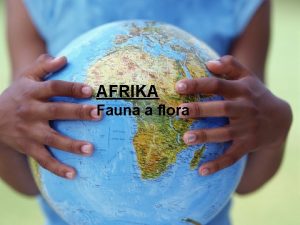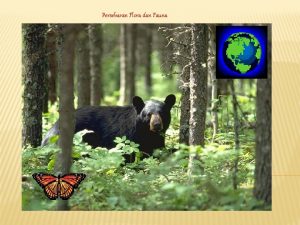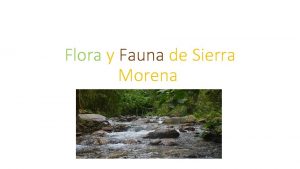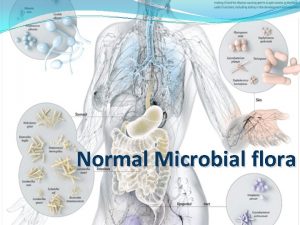Virginia Flora Fauna and Microorganisms History of Science















- Slides: 15

“Virginia Flora, Fauna, and Microorganisms” History of Science Lesson Plan Becky Zemple

Lesson Objective Follow up to the Bio. 8 SOL unit plan Given the teacher Virginia flora/fauna and field guide lecture and notes, group discussion activity with completion of the “Field Guide Analysis” activity sheet regarding various historical field guides, online concept map completion, and construction of their own personal field guides, students will be able to identify common flora, fauna, and microorganisms and their role in a typical ecosystem in Virginia.

Safety Issues Safety risks are minimal; construction of a personal field guide is left to the students’ own work, so production is at their own risk and is dependent on the material types chosen as well as outdoor activities of observations.

Virginia SOLs Bio. 1: The student will demonstrate an understanding of scientific reasoning, logic, and the nature of science by planning and conducting investigations in which: (a) observations of living organisms are recorded in the lab and in the field, (j) research utilizes scientific literature, (m) current applications of biological concepts are used.

Virginia SOLs (continued) Bio. 6: The student will investigate and understand bases for modern classification systems. Key concepts include: (e) systems of classification that are adaptable to new scientific discoveries. Bio. 8: The student will investigate and understand dynamic equilibria within populations, communities, and ecosystems. Key concepts include: (d) the effects of natural events and human activities on ecosystems, (e) analysis of the flora, fauna, and microorganisms of Virginia ecosystems.

Materials and Resources -Computer, projector, and projector screen or white board -“Field Guide Analysis” activity sheet -Variety of example field guides -Pencils/pens -Student provided sketchbook or guidebook -“Field Guide Assessment” rubric -“Field Guide Project” assignment sheet

Procedures for Teaching: Day 1 Engage: Visualization activity Wild animal native to Virginia Questions and scenarios

Day 1 continued Explore: Whole-class discussion about visualization activity Explain: Inquiry-based interactive discussion of Virginia flora, fauna, and microorganisms

Procedures for Teaching: Day 2 Engage: Review Virginia flora, fauna, and microorganims Focus question, “Give two examples of an organism discussed yesterday and describe their diet and habitat. ”

Day 2 continued Explore: Spicynodes concept map of Virginia’s ecosystem (whole-class discussion) http: //www. spicynodes. org/a/61 ade 05 dace 68310 d 123 dc 3 c 45 d 406 dc Explain: Power. Point presentation about historical aspect of field guides

Day 2 continued Elaborate: Groups of 3 -4 discuss two examples of published field guides

Procedures for Teaching: Day 3 Engage: Brief whole-class discussion about field guides from previous day Explore: Group discussion to complete “Field Guide Analysis” activity sheet Elaborate: “Field Guide Project” introduction and sample Evaluate: Rubric, observations of discussions, activity sheet completion and understanding


Field Guide Project Requirements Common names -6 mammals -Scientific Classification -6 birds -Illustrations or photos -5 reptiles or amphibians as plates -8 insects -Identifying marks or -8 plants characteristics -2 fungi -Habitat -Normal range found (map or description)

Questions?
 Flora ir fauna
Flora ir fauna Tundra carnivores
Tundra carnivores Difference between flora and fauna
Difference between flora and fauna British flora and fauna
British flora and fauna Recquires
Recquires Flora e fauna colline
Flora e fauna colline Peta persebaran flora dan fauna di indonesia
Peta persebaran flora dan fauna di indonesia Flora
Flora Foto clima mediterraneo
Foto clima mediterraneo Flora en la zona sur
Flora en la zona sur Flora y fauna de la selva húmeda
Flora y fauna de la selva húmeda Flora e fauna del fiume tevere
Flora e fauna del fiume tevere La flora
La flora La flora dei fiumi
La flora dei fiumi Fauna e flora do acre
Fauna e flora do acre Slidetodoc.com
Slidetodoc.com
